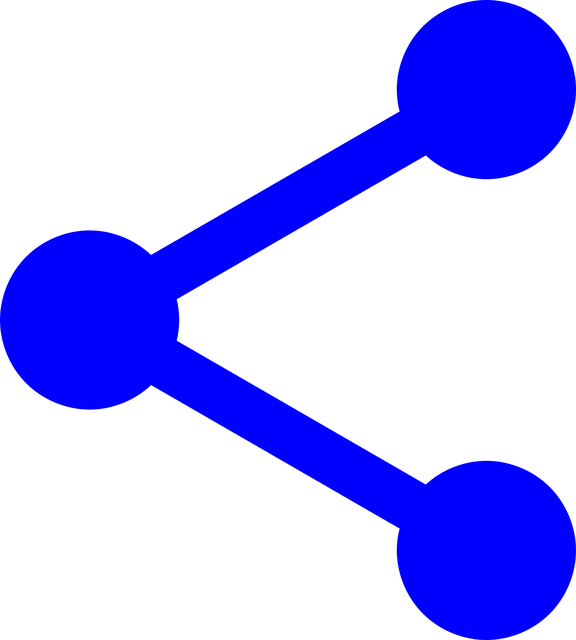Jurnal Ekonomi Malaysia
55 (2) 2021 15 – 28
School of Mathematical Sciences
Universiti Sains Malaysia
11800 USM Penang
MALAYSIA.
Department of Applied Mathematics
Noakhali Science and Technology University
Noakhali-3814
BANGLADESH
Department of Accounting and Information Systems
University of Rajshahi
Rajshahi-6205
BANGLADESH.
Abstract
The proposed alternative p-value method can be used in finding the best performing models. The rank of the p-values namely t-test and z-test statistics can overcome the constraint imposed when using the Mean Absolute Percentage Error as the measurement error. It is crucial to select the right model in the right period so that the model can interpret volatility correctly. This study aimed to provide empirical analyses on the volatility of the Dhaka Stock Exchange market during the market crash in 2011. Three sub-samples were considered to represent pre-crisis, crisis, and post-crisis between November 16, 2009 to July 31, 2013 representing 889 observations. Various GARCH family models were fitted in order to capture the volatility and their performances were compared
Keywords
JEL Codes
Bibliography
@article{hossain2021performance,
title={Performance Analysis of GARCH Family Models in Three Time-frames},
author={Hossain, Md. Jamal and Akter, Sadia and Ismail, Mohd Tahir},
journal={Jurnal Ekonomi Malaysia},
volume={55},
number={2},
pages={15—28},
}
Receive updates when new articles are published.

